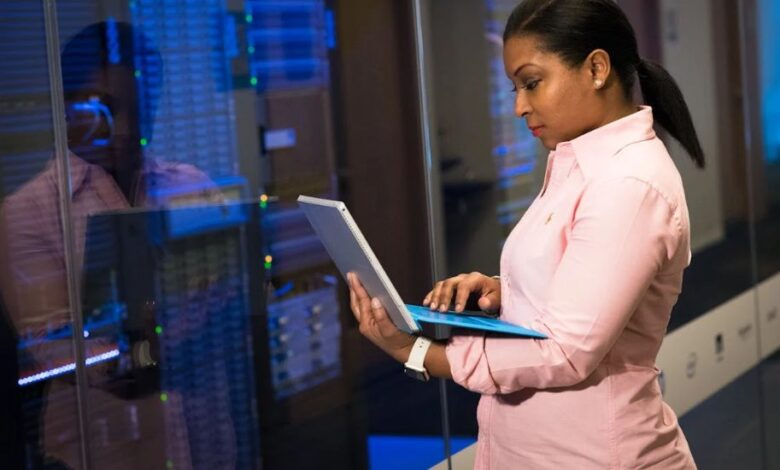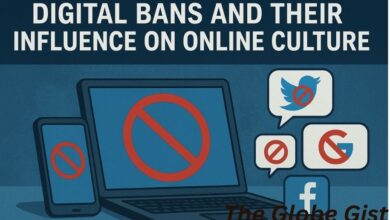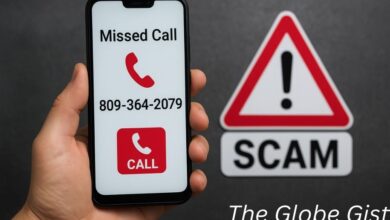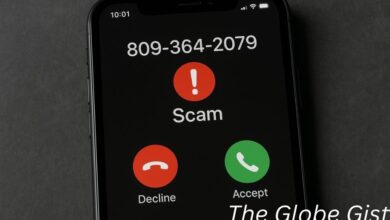From Burnout to Balance: Managing Digital Noise in 2025

The magic year 2025 has brought remarkable technological advancements — faster networks, smarter devices, AI-powered assistants, and more connected platforms than ever before. Yet, beneath the surface of this hyper-connected world lies a growing issue: digital noise. This isn’t just about loud sounds from devices. It’s about the constant barrage of notifications, messages, alerts, autoplay videos, background sounds, and other micro-interruptions that fracture attention and fuel mental fatigue.
The phrase “From Burnout to Balance: Managing Digital Noise in 2025” captures the core challenge of our digital lives — how to thrive in a tech-driven society without letting the very tools designed to make life easier become the cause of our burnout. Digital noise has emerged as a silent yet powerful stressor, infiltrating work, social life, and even rest. Managing it is no longer optional; it’s a necessity for mental health, productivity, and overall well-being.
What Exactly Is Digital Noise?
In simple terms, digital noise refers to the constant, low-level stream of sensory and cognitive input from our digital environment. This includes:
-
Push notifications from social media, messaging apps, and work platforms.
-
Persistent background sounds, like pings, hums, and chimes.
-
Endless feeds of updates, ads, and alerts demanding attention.
-
Pop-ups and recommendation prompts on websites and streaming platforms.
This form of noise isn’t measured in decibels but in cognitive disruption. Every time a phone lights up or a sound interrupts your focus, your brain is forced to switch tasks. Even brief shifts consume mental energy, a phenomenon researchers call attention residue.
Why Digital Noise Is More Intense in 2025
While digital overload isn’t new, its intensity in 2025 is unprecedented. Several trends have amplified it:
-
Proliferation of AI-powered personalization
AI now delivers ultra-targeted content and notifications in real-time, increasing engagement but also making interruptions harder to ignore. -
Always-on work culture
Hybrid and remote work models have blurred the lines between work and personal life. Platforms like Slack, Teams, and Zoom keep employees tethered to work chat even after hours. -
Rise of immersive content
Autoplay short videos, interactive reels, and algorithm-driven recommendations encourage endless scrolling, making it harder to disengage. -
Increased smart device integration
Smart homes, cars, and wearables send constant updates — from fridge temperature alerts to fitness reminders — adding layers of digital noise across daily life.
The Impact of Digital Noise on Mental Health and Productivity
1. Mental Fatigue and Burnout
The human brain is not designed for constant multitasking. Each notification forces a mental shift that accumulates into decision fatigue. Over time, this leads to stress, irritability, and burnout.
2. Decreased Productivity
Studies show that it can take over 20 minutes to fully regain focus after an interruption. Multiply that by dozens of daily notifications, and hours of potential deep work vanish.
3. Sleep Disruption
The blue light from screens combined with late-night alerts disrupts circadian rhythms. Even silent vibrations can cause micro-arousals during sleep, leaving people feeling exhausted the next day.
4. Emotional Overload
The constant influx of news, opinions, and updates can heighten anxiety, especially when content is negative or polarizing.
Managing Digital Noise in 2025 – The Path from Burnout to Balance
Moving from burnout to balance requires a strategic approach that combines personal habits, tech tools, and cultural shifts.
Step 1: Audit Your Digital Life
Start by tracking your daily notifications for a week. Identify which apps and devices are sending the most alerts and whether they are essential.
Pro Tip: Many smartphones now have built-in “digital wellbeing” dashboards that log notification counts, screen time, and app usage patterns.
Step 2: Master Notification Settings
Turn off non-essential push notifications. For important apps, customize alerts so only urgent messages break through.
Practical Example:
-
Keep banking and work security alerts.
-
Silence shopping apps, social media likes, and promotional emails.
Step 3: Adopt the “Silent First” Rule
Set devices to silent by default and manually enable sound for critical events. For example, use custom tones only for family or work emergencies.
Step 4: Schedule Digital Downtime
Block out tech-free periods daily — especially before bed and during meals. In 2025, many people adopt “micro-detoxes”: short, intentional breaks from all digital inputs.
Step 5: Use Technology to Fight Technology
Ironically, technology itself can help manage digital noise. Examples include:
-
Focus modes on phones that block non-essential apps.
-
Website blockers like Freedom or Cold Turkey for distraction-heavy sites.
-
Minimalist apps that strip away unnecessary interface elements.
Step 6: Manage the Sound Environment
Since digital noise also includes audio, be conscious of what you hear while working.
-
Disable sound effects for messaging apps.
-
Use noise-cancelling headphones in busy spaces.
-
Replace random noise with calming background music or white noise.
Step 7: Reclaim Work-Life Boundaries
Create “no-contact” zones outside work hours. In 2025, progressive companies have adopted “digital quiet hours” to protect employee focus and rest. If your workplace doesn’t, set your own boundaries.
The Role of Mindfulness in Reducing Digital Noise
Mindfulness is a powerful antidote to constant digital stimulation. Techniques like breath awareness, short meditations, and single-tasking can retrain the brain to focus despite potential distractions. Even 5–10 minutes of mindfulness daily can lower stress and improve resilience to digital interruptions.
The Workplace Challenge – A Cultural Shift Needed
Individual efforts help, but long-term balance requires workplace-wide change. Leaders need to:
-
Encourage asynchronous communication instead of instant responses.
-
Provide training on digital wellbeing.
-
Reward output, not constant availability.
Looking Ahead – The Future of Digital Noise Management
By 2025, awareness of digital noise is at an all-time high. Device manufacturers are integrating AI-driven features to detect and minimize unnecessary interruptions. Workplaces are beginning to treat focus as a critical productivity metric, just as important as speed or volume.
The next challenge is personal discipline — resisting the dopamine hits of constant updates and choosing intentional digital engagement over passive consumption.
Final Thoughts – From Burnout to Balance Is a Journey
Managing digital noise in 2025 is about more than reducing notifications; it’s about reclaiming mental space. Moving from burnout to balance requires ongoing self-awareness, practical boundary setting, and a willingness to embrace quiet moments in a loud, connected world.
In the end, digital noise will never fully disappear — but our relationship with it can change. By applying these strategies, we can harness technology’s benefits without becoming its captive.
The Globe Gist we believe that balanced technology use is the foundation for a healthier, more focused, and more fulfilling life in the modern era. Thanks for read our article if ou want more like this kind of article comment us.



